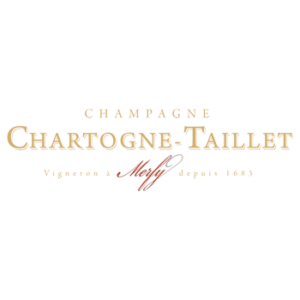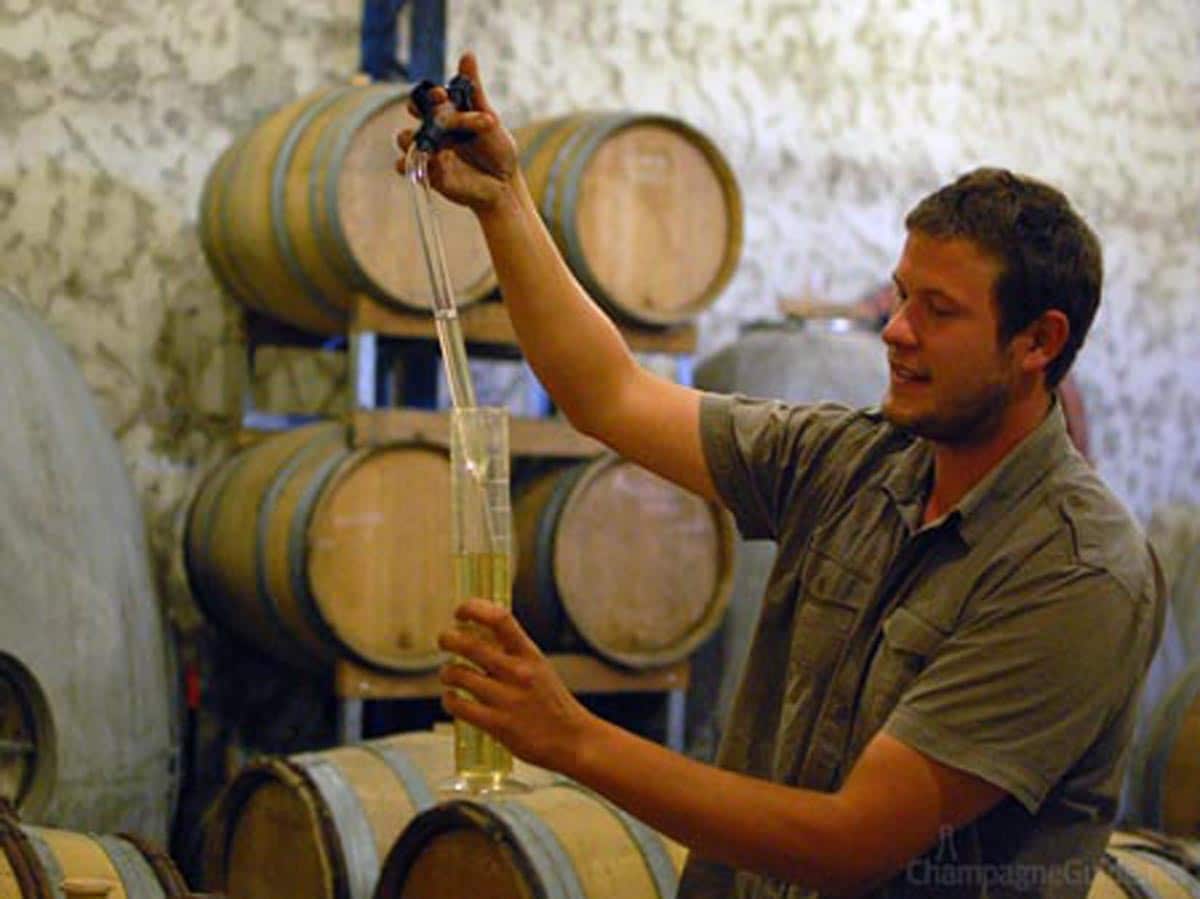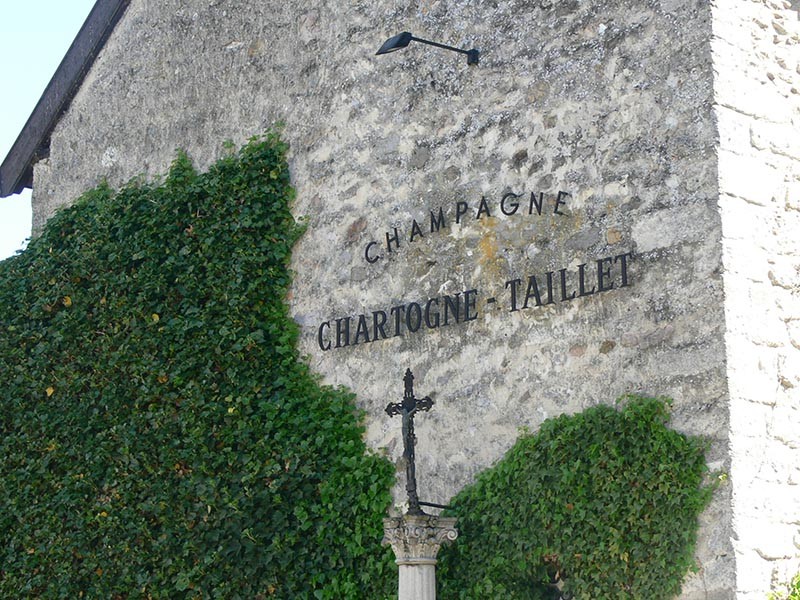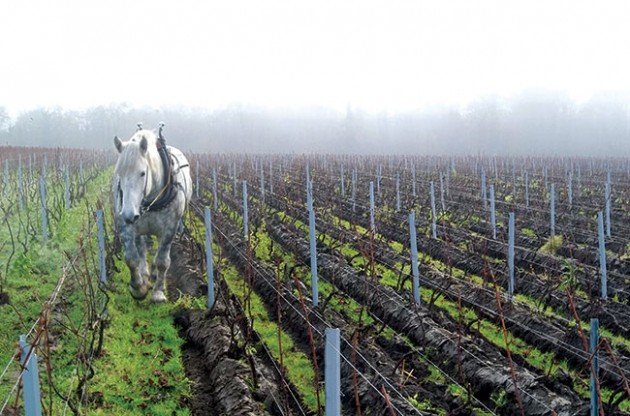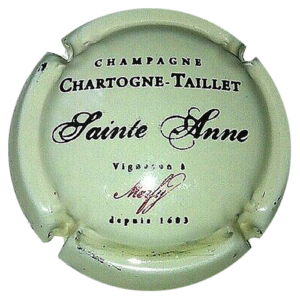Chartogne-Taillet Champagne
Chartogne-Taillet Champagne: A traditional house in Merfy
Historical origins and development
Die Weinbautätigkeit der Familie Taillet im Dorf Merfy, gelegen im Massif de St-Thierry nordwestlich von Reims, wurde erstmals 1683 urkundlich erwähnt. Merfy ist heute zwar nicht der bekannteste Cru der Champagne, doch seit dem Mittelalter sind seine Weine geschätzt. Schon im 9. Jahrhundert erwähnte Pardulus, Bischof von Laon, in einem Brief an den Erzbischof Hincmar die Qualität der Weine aus Merfy. Der Weinberg, den er als Chemin de Reims bezeichnete, wird bis heute von Chartogne-Taillet kultiviert.
The Chartogne-Taillet family
Die Familie Chartogne zog 1870 nach Merfy. 1920 heiratete Marie Chartogne Étienne Taillet und begründete das Weingut Chartogne-Taillet. Seitdem wurde das Weingut von Generation zu Generation weitergeführt. Philippe Chartogne und seine Frau Élisabeth übernahmen 1978 die Leitung des Weinguts. Seit 2006 ist ihr Sohn Alexandre für die Keller und Weinberge verantwortlich.
The legacy of the Taillet family
The Taillet family has left behind a rich legacy that goes far beyond wine production. Particularly noteworthy is the diary that Fiacre Taillet, born in 1700, kept about viticulture and winemaking. This diary can be viewed today during a visit to the winery. Philippe and Alexandre Chartogne continue this tradition and document harvests, weather conditions, yields and other viticultural data.
Winegrowing philosophy and terroir
Alexandre Chartogne was strongly influenced by Anselme Selosse, with whom he trained. Today, Chartogne-Taillet attaches great importance to the care of the Merfy terroir. All plots are ploughed where possible and various cover crops are grown between the rows of vines. The focus is on preserving and expressing the characteristics of the different terroirs. The vines in Merfy grow on a special soil structure consisting of clay and sand over chalk. This unique combination allows the vines to root deep into the soil and develop a real minerality.
Vinification and cellar work
Jede Parzelle wird bei Chartogne-Taillet Champagne einzeln vinifiziert, und die Gärung erfolgt größtenteils in Edelstahltanks. Zunehmend werden jedoch auch gebrauchte Barriques und Betoneier für die Vinifikation verwendet. Diese Methoden tragen dazu bei, die Komplexität und den Ausdruck der Weine zu erhöhen.
The champagnes from Chartogne-Taillet
Chartogne-Taillet Champagne is known for its clear and racy champagnes, which are strongly characterised by the Burgundian style. The personal connection to Champagne Jacques Selosse can be felt in the wines. All champagnes are perfectly cultivated in the vineyard and mature for an above-average length of time in the cellar, resulting in a fine and complex body.
The classic: Sainte Anne Brut
The estate's best-known champagne is the Sainte Anne Brut, named after the patron saint of the village. This champagne epitomises the tradition and heritage of the estate, which traces its roots back to 1515.
Current vineyards and location
Today, the Chartogne-Taillet Champagne estate covers around 11 hectares of vineyards. The vines are spread over various plots in Merfy, each with its own unique characteristics. The winery is based in Merfy, where the Chartogne-Taillet family continues to cultivate its tradition and passion for viticulture.
Extended historical insights
Merfy and its winemaking tradition go back deep into history. As early as the 12th century, the wines of Merfy were appreciated and mentioned in various documents. Over the centuries, Merfy gained a reputation for its high-quality wines, which were often mentioned alongside those of Sillery and other renowned crus.
The Taillet family through the ages
The Taillet family has not only shaped the wine-growing history of Merfy, but has also influenced the cultural and social development of the village. Their continuous documentation and commitment to viticulture have helped to preserve knowledge and traditions for generations.
Alexandre Chartogne's influence and innovations
Since taking over in 2006, Alexandre Chartogne has led the winery into a new era. Through his training with Anselme Selosse and his innovative approach to viticulture, he has brought new techniques and philosophies to the estate. This has not only further improved the quality of the wines, but also cemented the reputation of Chartogne-Taillet Champagne in the world of Champagne.
The importance of the Merfy terroir
The terroir of Merfy, with its unique combination of clay, sand and chalk, plays a decisive role in the quality of Chartogne-Taillet's wines. These soils allow the vines to take deep root and develop a special minerality that is reflected in the wines. Alexandre Chartogne has recognised this and attaches great importance to sustainable and environmentally friendly practices in order to maintain the health and vitality of the soil.
Future prospects and further development
Chartogne-Taillet Champagne does not stand still. With a strong foundation in tradition and a clear focus on innovation and quality, the estate is well positioned to continue producing top quality wines and cement its place in the world of Champagne. Future generations of the Chartogne-Taillet family will undoubtedly continue to bring their passion and knowledge to the estate, preserving and developing the traditions of Merfy.
Conclusion
Chartogne-Taillet Champagne is an impressive example of the rich winemaking tradition of Champagne and the village in particular Merfy. With a history dating back to 1515 and a clear vision for the future, the estate remains a beacon of quality and innovation in the region. The Sainte Anne Brut, the estate's best-known champagne, epitomises this tradition and quality and is representative of the Chartogne-Taillet family's commitment to excellence in viticulture.
Chartogne Taillet Champagne
37-39, Grande-Rue
51220 Merfy
France
Phone: (33) 326 031010
http://chartogne-taillet.com

